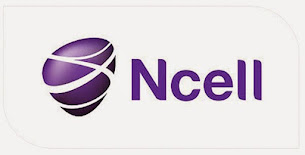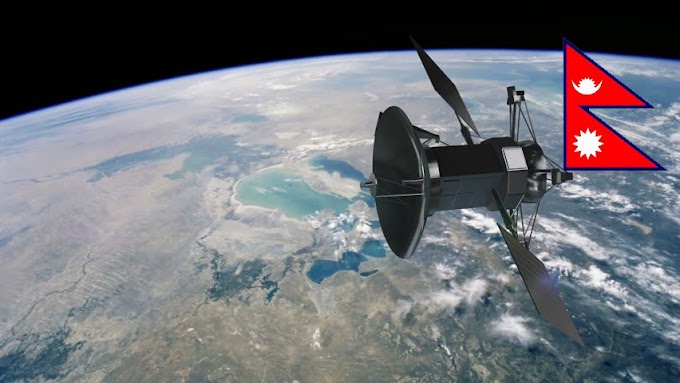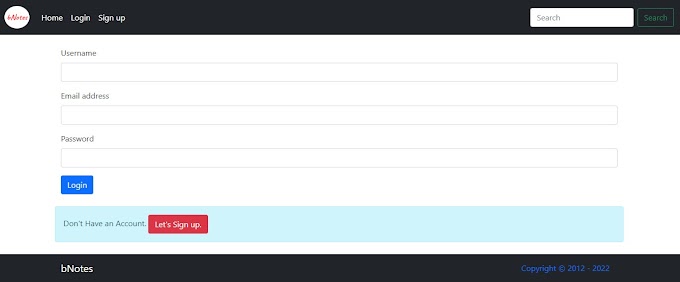Introduction to Computer
A computer is a device that accepts information (in the form of digitalized data) and manipulates it for some result based on a program, software, or sequence of instructions on how the data is to be processed. Complex computers include the means for storing data (including the program, which is also a form of data) for some necessary duration. In Nepali language computer sounds alike "susaankyha". Nowadays most of the organization, schools, colleges, banks etc. use computer record keeping, data based and even for handling their official works. Similarly many people have purchased PCs and Laptops for their home.
History of Computers in Nepal
There is not so much long history of computers in Nepal. Nepal imported some types of calculators and computers for its census calculation. In 2018 BS a simple electronic calculator called “Facit” was used for census. In 2028 BS census IBM 1401 a second generation mainframe computer was used.· In 2031 BS a center for Electronic Data Processing ,Later renamed as National Computer Center(NCC), which was established for national data processing and computer training programs. In 2038 BS ICL 2950/10 a second generation mainframe computer was used for census calculation. Nowadays each and every institution, business organizations, communication centers, ticket counters and many others are using computers.
The history of computer in Nepal is not that very old since Nepal has not given any contribution in the development of evolution of computer. It was in 2028 B.S. when HMG brought IBM 1401 (a Second Generation computer) on rent for Rs. 1 lakhs and 25 thousand per month to process census data. Later the computer was bought by National Computer Center (NCC). In 2038 B.S., a fourth generation computer was imported with the aid of UNDP and UNFPA from England for 20 lakhs US dollars. Its name was ICL 2950/10. This computer had 64 terminals and it is kept safely in the museum right now.
At that time British Government helped us to develop manpower of NCC. In the meantime Nepalese students went to India, Thailand and USA for the computer education themselves. In 2039 B.S., microcomputers such as Apple, Vector, Sins, etc were imported by private companies and individuals. Many private companies like Computer Consultancy (CC), Management Information Processing System (MIPS), Data System International (DSI), etc were established. Such private companies started selling computers and training people in other to produce manpower in Nepal itself. Nowadays, computers with faster processing and larger storage are found cheaply in Nepalese market. Students are given computer education from school level. At present Computer Association of Nepal (CAN) is the governing body of Nepal.
Here are some points to read on the history of computer in Nepal and the history of computer-related education in Nepal.
1. 1930s AD – Technical Training Institute was established under Tribhuvan University.
2. 1961 AD (2018 BS) – “Facit” was used for census calculation.
3. It took about 6 Years and 6 months to prepare the census report of 96 Lakhs people in 2018 BS.
4. The consequences of this delayed report, the five-years planning (Panch Warshiya Yojana) run by the government was stopped.
5. 1971 AD (2028 BS) – “IBM 1401, a second-generation computer” was used for census calculation.
6. It took 1 Year, 7 months and 15 days to process census reports of 1 crore and 12.5 Lakhs people.
7. It was rented for NRs. 1,25,000/- per month to process census data.
8. 1972 AD – Technical Training Institute was reformed as Institute of Engineering (IOE).
9. 1974 AD (2031 BS) – A center for (Yantrik Saralikaran Kendra) (Electronic Data Processing) was established.
10. This center was renamed to National Computer Training Center (NCC) after 6 years.
11. It was established for national data processing and computer training.
12. Later this computer was bought by the government for the Bureau of Statistics for further data processing and was kept in National Computer Center (NCC).
13. 2038 BS – “ICL 2950/10", a second-generation computer” with 64 terminals was used for the census.
14. It took 1 year and 3 months to process population census,
15. It was bought from England with the aid of UNDP and UNFPA for 20Lakhs US dollars.
16. British Government helped to develop manpower of NCC and awarded a Degree in Graduate, Diploma, and Post-Graduate.
17. This computer is in the museum of NCC, Singh durbar these days.
18. Nepalese students went to India, Thailand, and USA for computer education in their own.
19. 2039 BS – The microcomputers (Apple, Vector, Sirius, etc) were imported by private companies and individuals.
20. To sell computers and provide training so that the manpower for the operating computer could be produced in Nepal many private companies were established.
21. Computer Consultancy (CC)
22. Management Information Processing System (MIPS)
23. Data System International (DSI),
24. Dina Computers
25. Royce International, etc.
26. DSI is the first company to send Nepali Software Programmers to the US on short-term contracts.
27. 1994 AD – Tribhuvan University started the program of Bachelor in Electronics Engineering.
28. 1994 AD – Kathmandu University also started Computer Science and Engineering program.
29. 1995 AD – Internet service limiting Email facility in Nepal by private sector company, Mercantile Communications.
30. Mercantile Communications stands first to start the Internet in Nepal.
31. Microsoft Computer touted as an official agent, which was managed by Ashok Bhattachan.
32. Father of Nepali Software incl. Nepali Fonts – Muni Shakya.
33. The Official Agent of Microsoft in Nepal – Allen Bailochan Tuladhar.
34. 1997 AD – Telecommunications Act 1997 was issued.
35. 1997 AD – Pokhara University started computer education under the Faculty of Science and Technology.
36. 1998 AD – On the basis of the Telecommunications Act 1997, Nepal Telecommunications Authority (NTA) – a telecommunication regulatory body was formed.
37. 1998 AD – IOE under TU started Bachelor in Computer Engineering.
38. 2000 AD – Only 0.2% of the total population had access to the internet.
39. 2000 AD – Purbanchal University also started computer education in various disciplines.
40. 2010 AD – About 2.2%, in 2011 about 9% and in 2011 about 54% had access to the internet.
41. The government formed the High Level Commission for Information Technology (HLCIT) under the chairmanship of Prime minister of Nepal.
42. 2000 AD (2057 BS) – First IT Policy was formulated with a vision of positioning Nepal on global IT map within the next 5 years, which has adopted a 15-point strategic framework.
43. IT Policy 2057 was reviewed in 2067 BS and again reviewed as ICT Policy in 2072 BS.
44. Electronic Transaction Act 2063 and Electronic Transaction Rules 2064 are issued.
45. IT Park established in Banepa.
46. NepaLinux, it was a Debian and Morphix-based Linux distribution focused on desktop usage in Nepali language computing. Latest version 3.0 (May 25, 2008). The development and distribution of NepaLinux was done by Madan Puraskar Pustakalaya.
47. Computer Association of Nepal (CAN) was formed in May 1992 but was formally registered in December 1992. And later registered as Federation of Computer Association Nepal (CAN Federation) in January 2015.
48. It’s an umbrella organization for IT organizations, business organizations, importers, etc related to information technology.
49. WorldLink Communications (Pvt) Ltd. Jawalakhel, Lalitpur is the top among ISPs with 147121 Subscriber’s as of NTA MIS Mangsir 2074 BS.
50. The Market Share of data/internet is Nepal Telecom at the top with 53.36% and followed by NCell with 42.81% as of NTA MIS Mangsir 2074 BS.
| |
Crazy Mind
Thankyou for reading.




























Thankyou for your comment ❤️